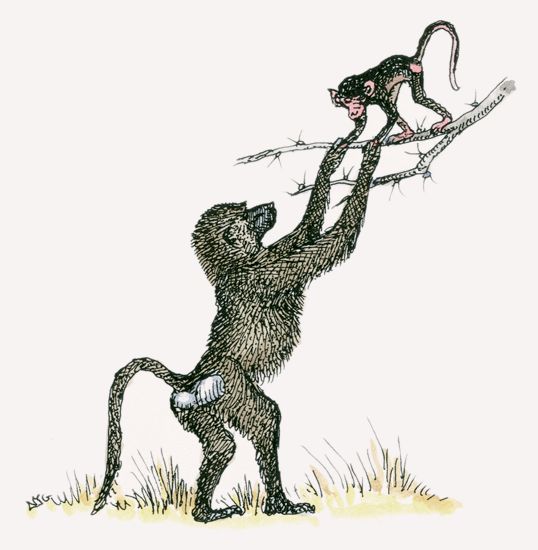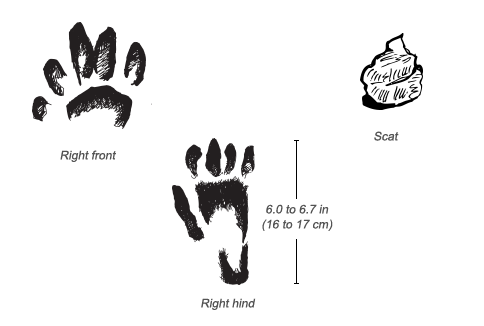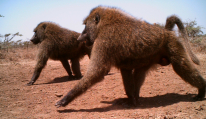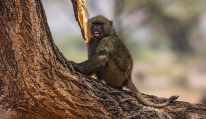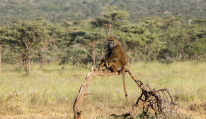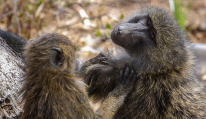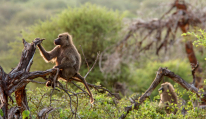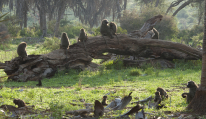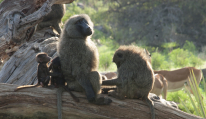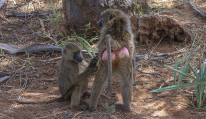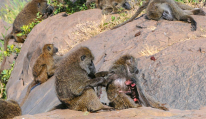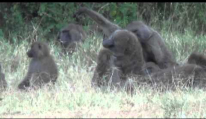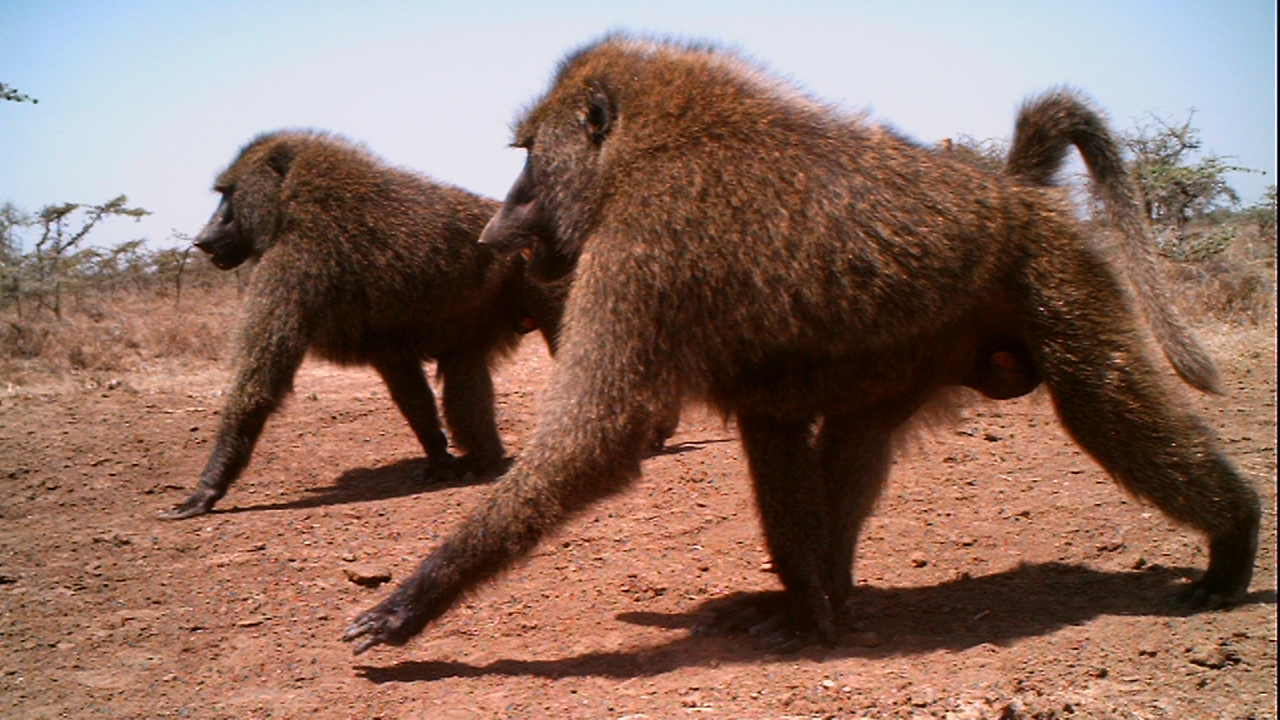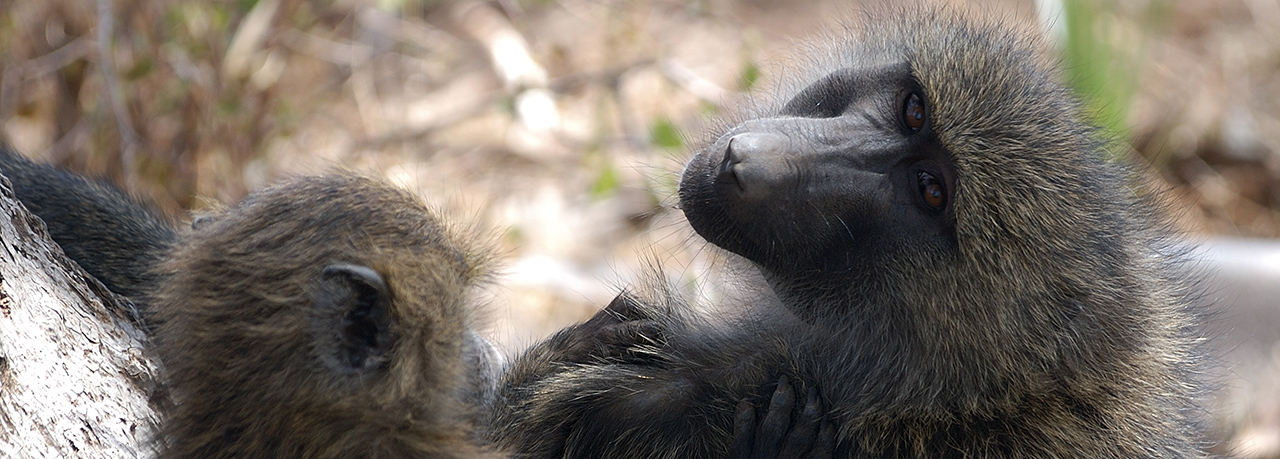Social Structure
Olive baboons are very social creatures and live in groups called troops, ranging in size from 12 to 130 individuals. Females stay in their mother’s group, while males join other groups when they are six to nine years old. Within each group, males and females have social hierarchies. Female dominance is inherited. The youngest daughter assumes the rank below her mother and above her older sisters. Males, however, must use aggressive behavior to gain dominance within the group.
Communication
Olive baboons communicate within their group using barks, growls, grunts, screams, and coughs. Adult males make a loud wahoo call, either spontaneously or during aggressive encounters. Their call can be heard as far as 1.9 miles (3 km) away!
Behavior
At the beginning of the day, olive baboons sunbathe in their sleeping spots, which can be either in trees, on rocky outcrops, or on cliffsides. Then they spend 20 to 50 percent of the daylight hours eating before returning to a safe sleeping spot at dusk.
Conservation
Humans are the main threat. Olive baboons destroy crops, so farmers consider them vermin and trap, poison, and hunt them.

